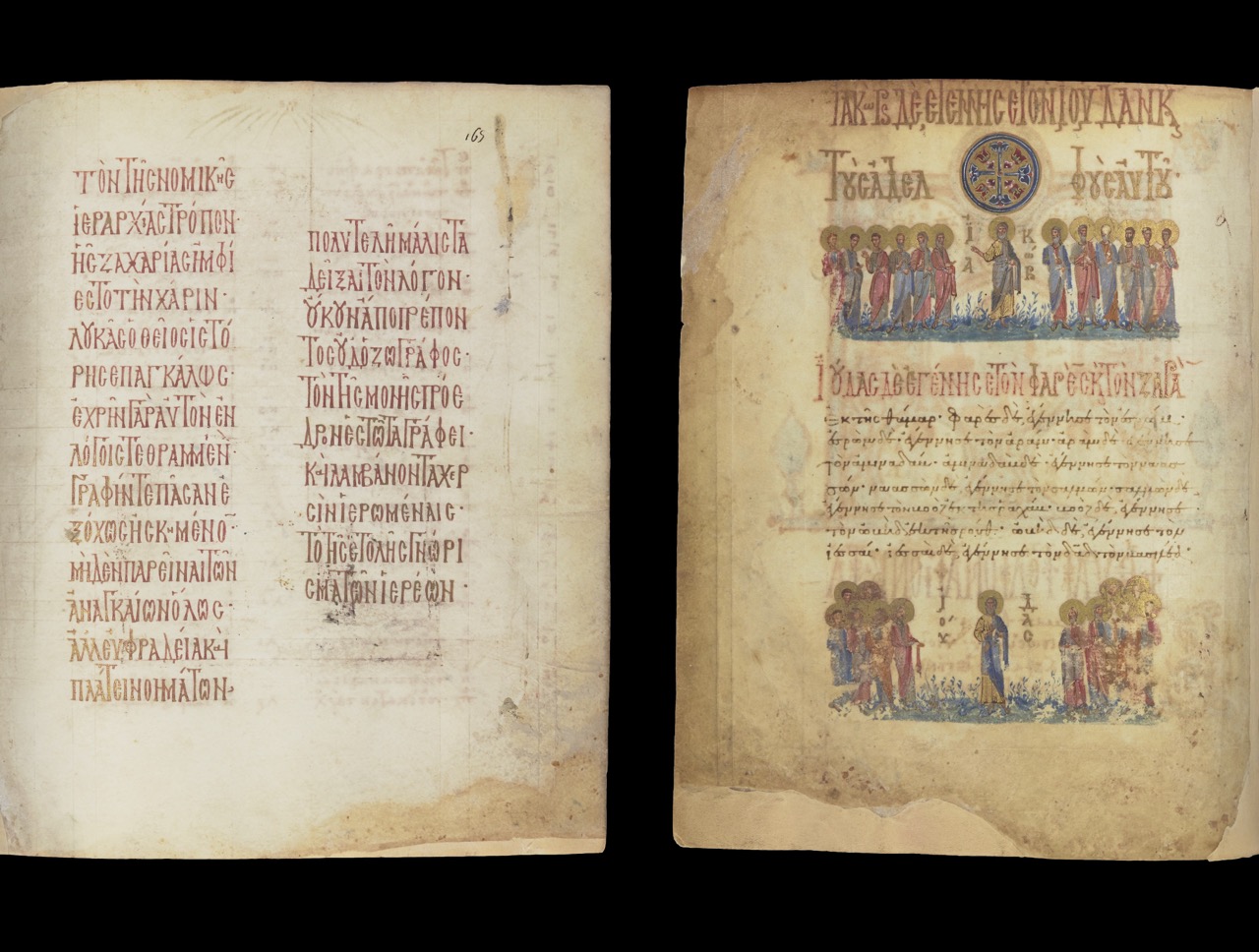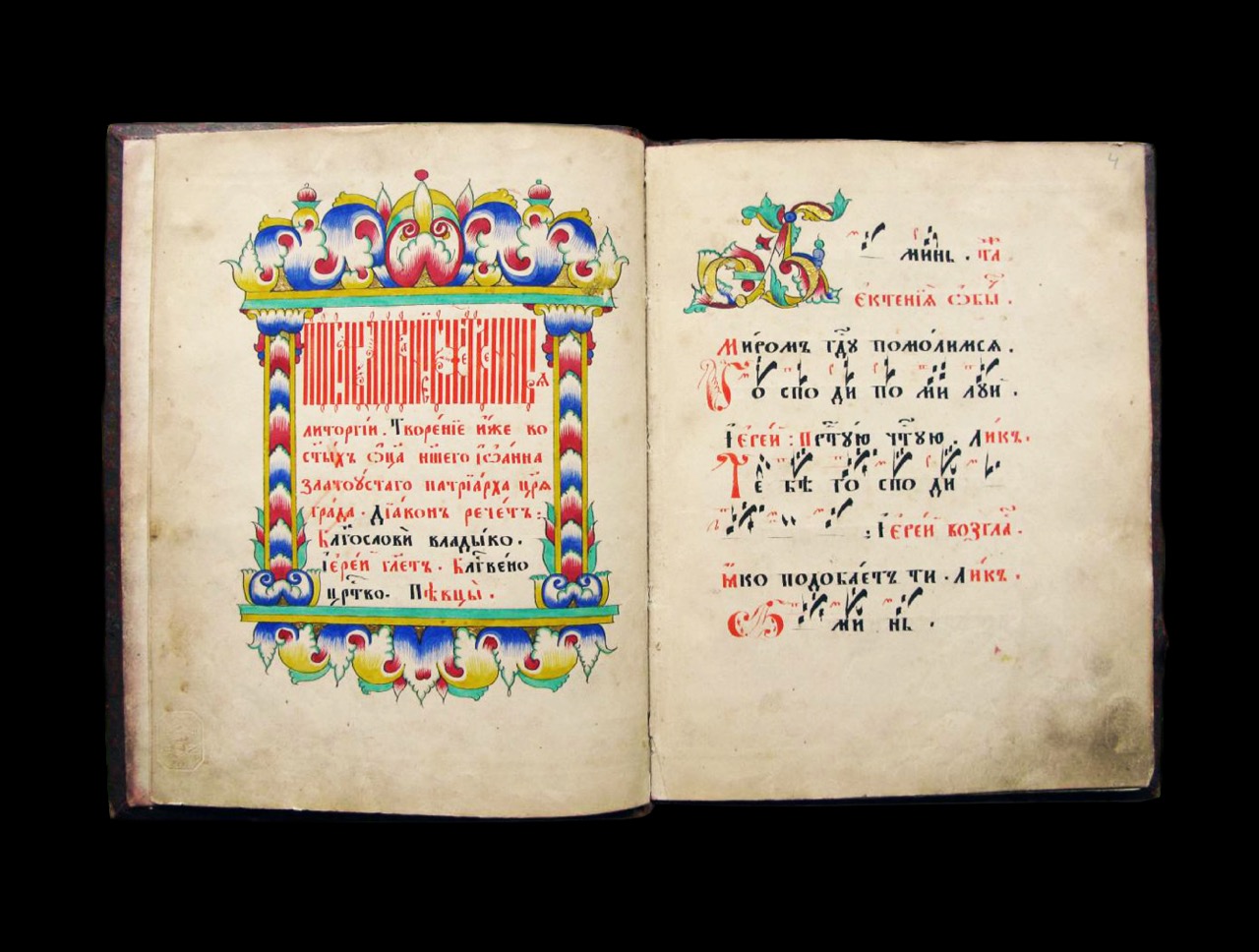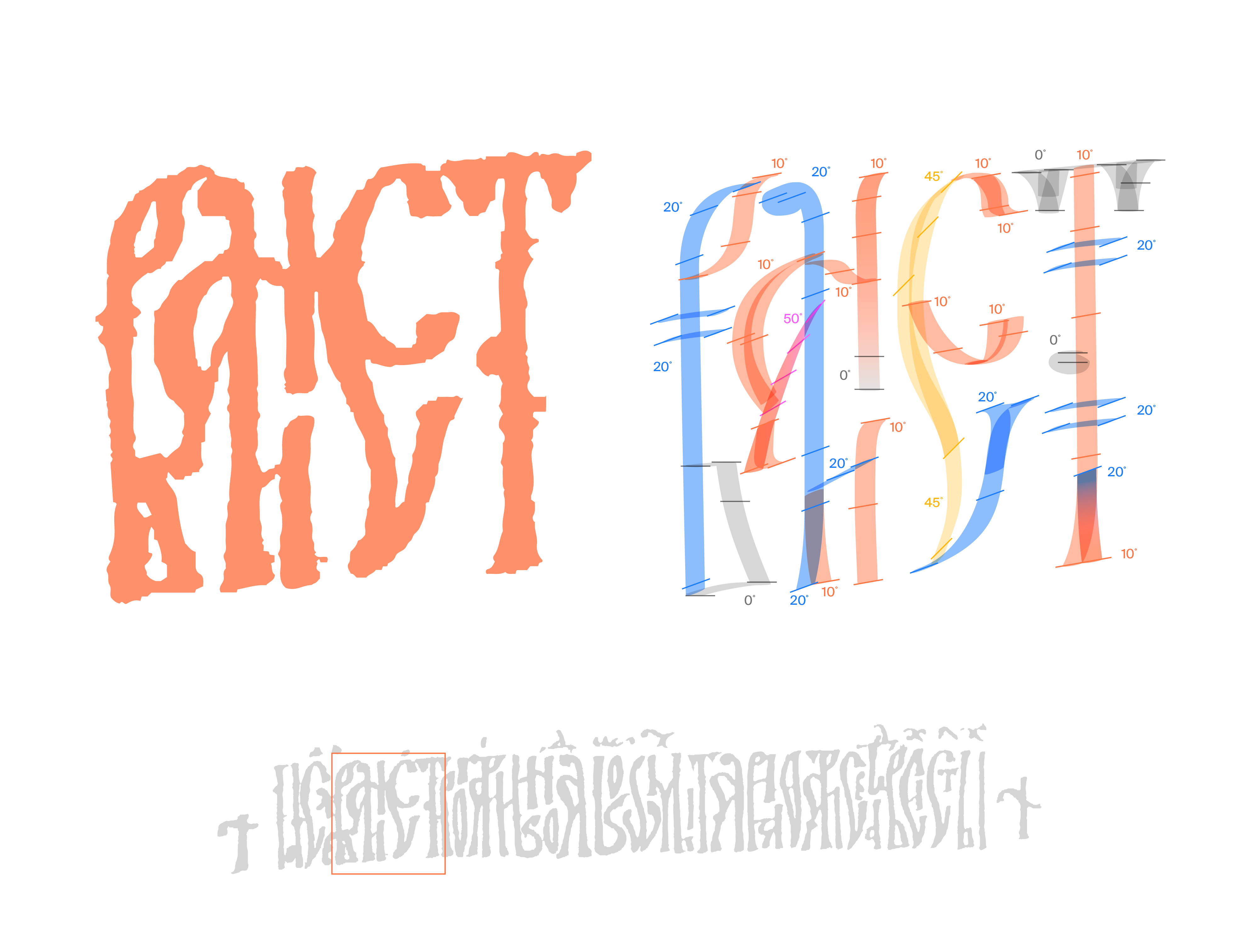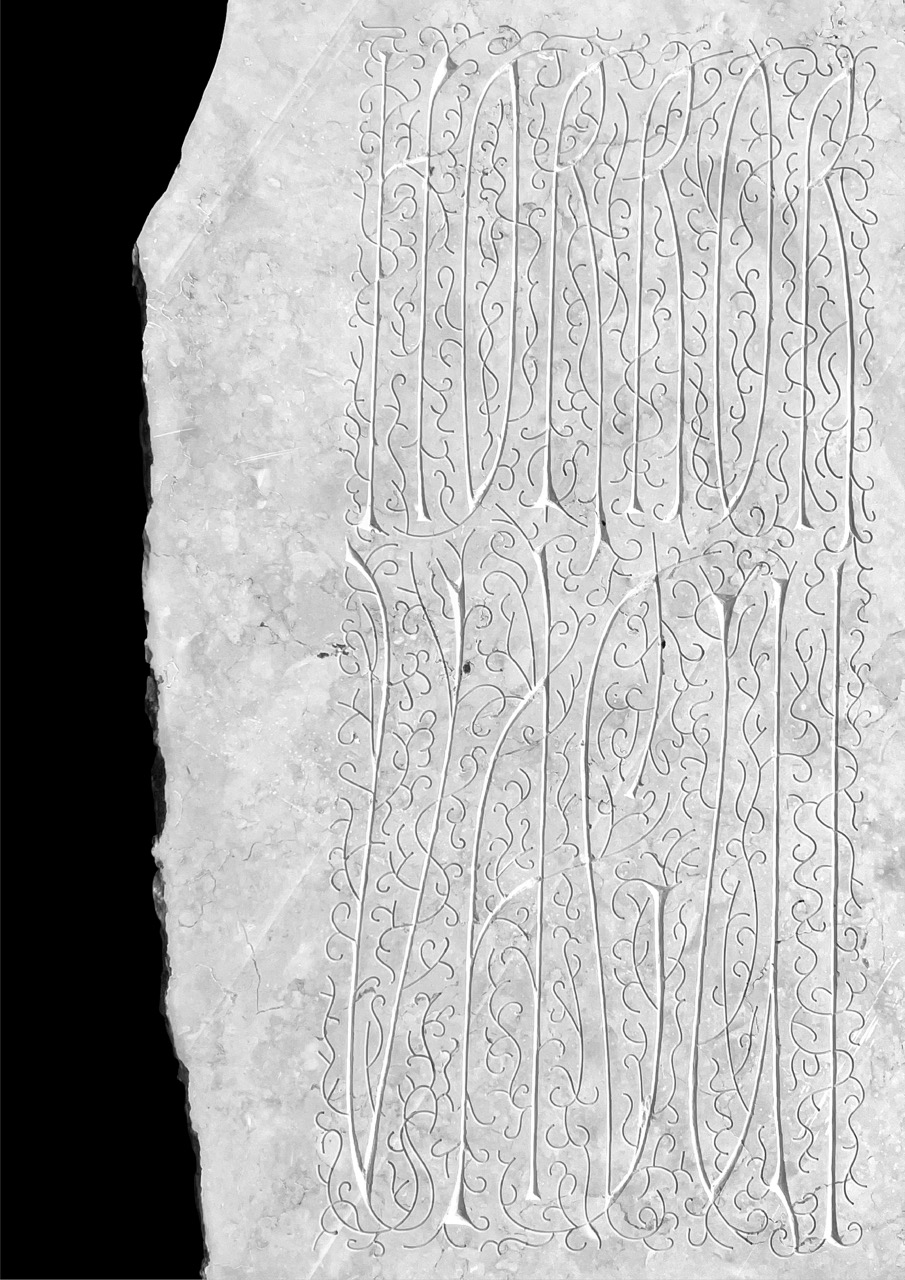Vyaz
Varya Goncharova zoomIn the fourteenth century appeared a unique calligraphic style called Slavonic, or Vyaz, that was used for decorating religious books written in Old Church Slavonic. Traces and proto-forms of Vyaz can be found in Greek manuscripts from the late tenth century — then this style gradually moved eastward through the Slavic territories.
Vyaz uses an extremely complex system of abbreviations and different types of ligatures that contributed to transform the headlines of certain books into a dense and continuous ornament, unique and lively in its calligraphic basis. Through this style, we can see how Cyrillic capital letters reveal their remarkable ability to adapt to different proportions and even to different surfaces: Vyaz appears in monumental architecture and on ikons, as well as on liturgical objects and clothing.
Based on paleographic reports, this project aims to study manuscripts where Vyaz can be found, in order to trace the formation and development of this style as well as its geographical distribution, and to demonstrate its visual diversity. To unravel these complex interweavings, it is also necessary to study the ways these letterforms have achieved such flexibility. Another method will involve reworking peculiar samples of Vyaz through calligraphy. A contemporary typeface will complement this research, as a way of interpreting this style so that it can continue its journey towards new meanings.




On the right: Tombstone from the collection of the Shchusev Museum of Architecture, Moscow.


